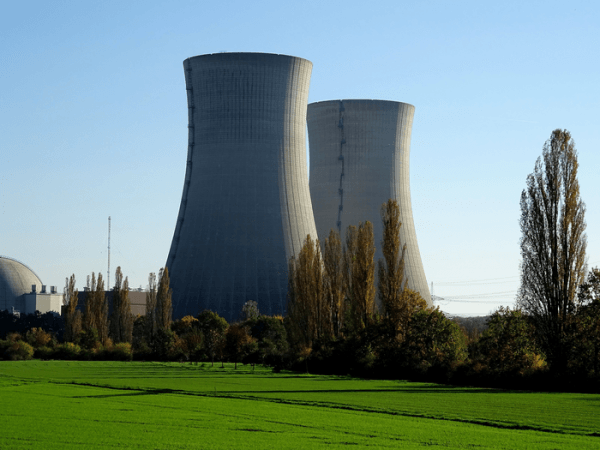Nuclear power generation can play a crucial role in helping the world reach a key goal of zero carbon emissions by the middle of the century, especially in countries with low wind resources, according to new work in Nature Energy from Lei Duan and Ken Caldeira of the Carnegie’s Department of Global Ecology.
Human activity is spewing carbon pollution into the atmosphere, affecting the global carbon cycle and causing warming, as well as altered precipitation patterns. According to the Intergovernmental Panel on Climate Change, to minimize catastrophic climate impacts, it’s important that humanity work to keep the global mean temperature increase under 1.5 degrees Celsius relative to pre-industrial levels. To achieve this goal, the panel said carbon emissions from across the energy system would have to reach zero by the middle of this century.
“Renewable energy sources like wind and solar are great for reducing carbon-emissions,” Duan said. “However, the wind and sun have natural variation in their availability from day to day, as well as across geographic regions, and this creates complications for total emissions reduction.”
Today, gaps in the energy that wind and solar provide can be made up by power generation from natural gas. However, in a zero-emission electricity system, another way is needed to provide electricity when the sun is not shining, and the wind is not blowing.
Read more at University of Colorado at Boulder
Imgae: Nuclear power generation can play a crucial role in helping countries with low wind resources reach a key goal of zero carbon emissions by the middle of the century. (Credit: Public domain)


